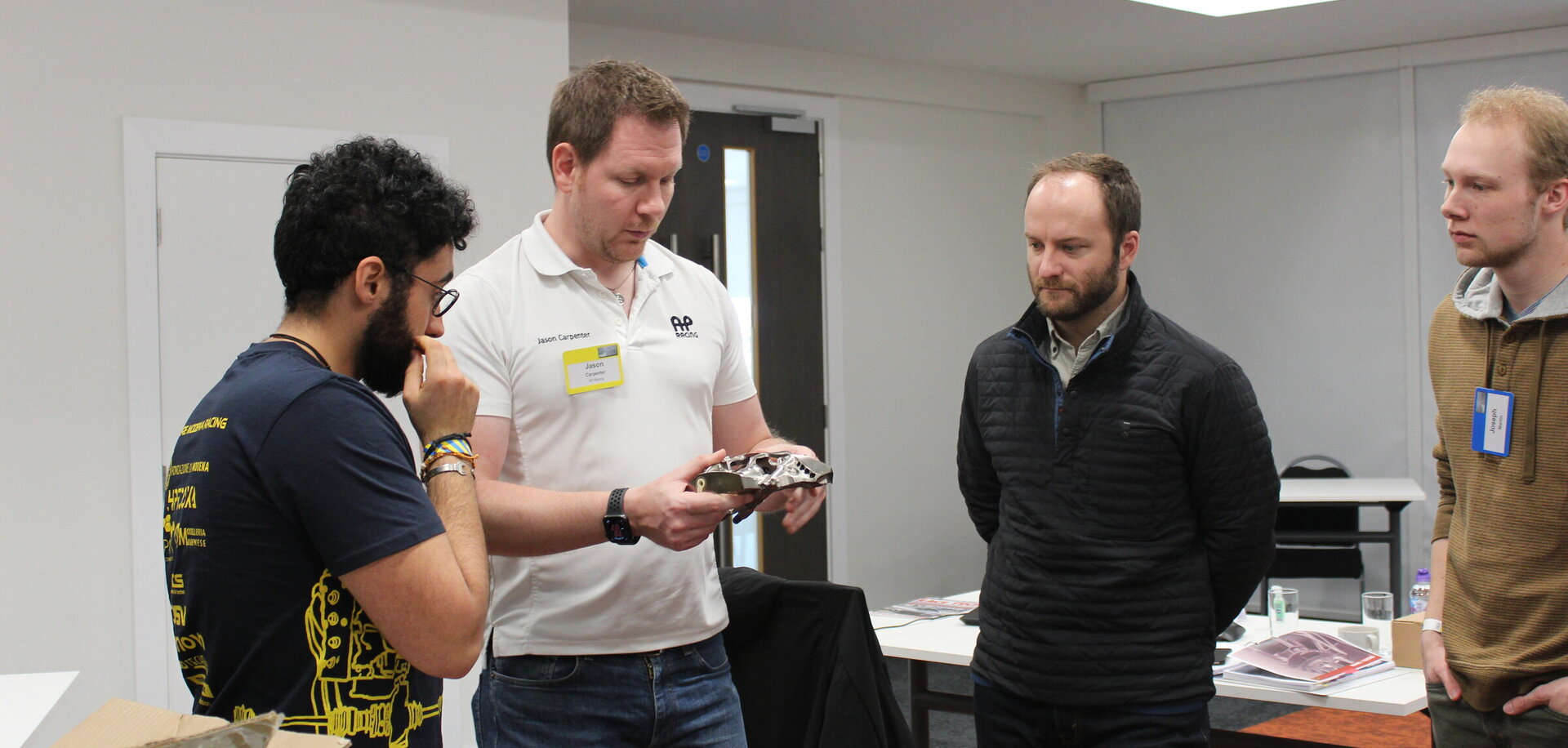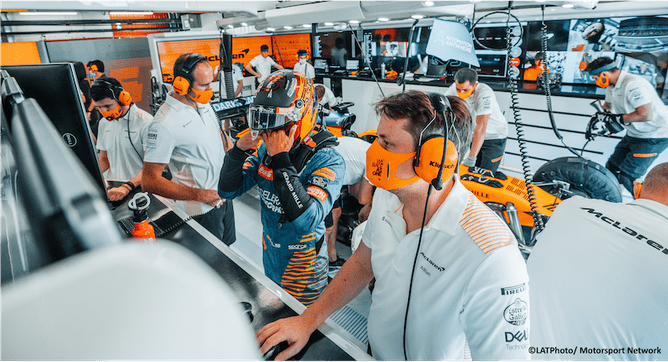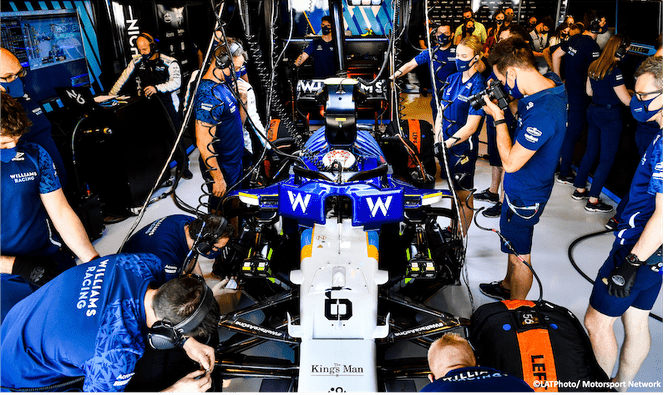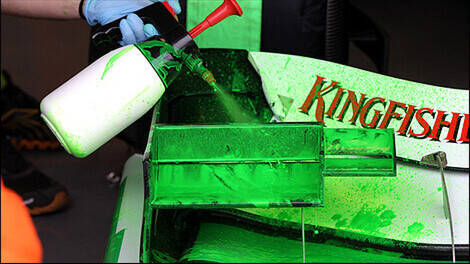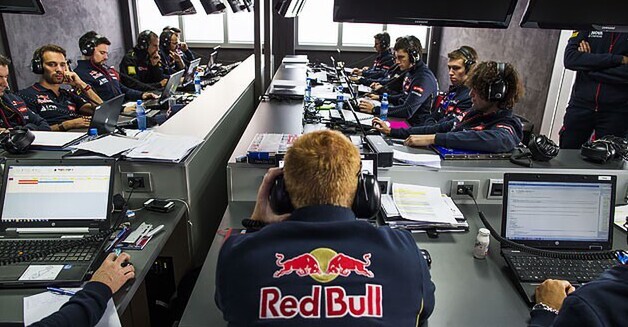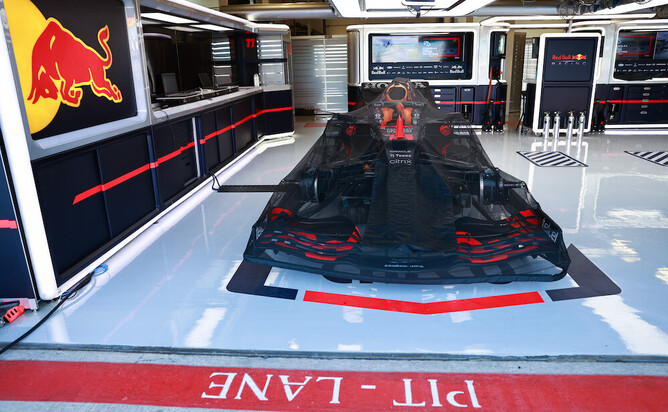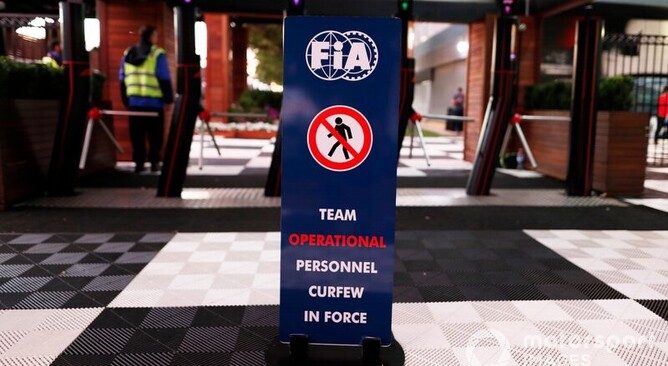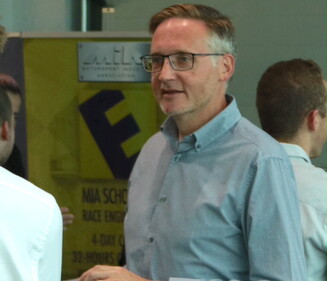Out of all the days of a race weekend, it may surprise you that Friday is actually the busiest. Race day on Sunday is surprisingly straightforward, with minimal commitments in the morning. In this article, we'll dive into what's required from a Race Engineer during a Friday of a race weekend.
Morning re-cap
Session times and meetings are the fixed points that pin together a race weekend. First up is the pre-session group meeting which covers the run plans and any overnight changes. Even though it is only twelve hours since leaving the track, something always changes.
Meanwhile, in the garage, final car prep is being completed with another box run to ensure the car is ready to go. The rest of the morning is spent working with the driver and ensuring that plans and paperwork are up to date.
To the garage
Most Race Engineers will head to the garage about half an hour before the session. They will check in with the car, their number one mechanic, the fuel bowser operator and the tyre technicians to ensure everyone is ready. Some engineers will go through the run plan with the whole group so that everyone is on the same page. There will be final radio and intercom checks to make sure everything is still working.
FP1
The practice sessions have been planned down to the second to ensure no time is wasted. Once the pit lane lights are green, it's the Race Engineer's job to keep this plan on track. This essentially involves two roles; one is communicating with the driver about traffic, track position and making sure switch changes are made. The other is keeping activities running in the garage. The next tyre set needs to be ready, test parts need to be brought into the garage and set-up changes communicated. Even things like timing the application of flow-vis paint needs to be co-ordinated.
After each run, the driver is debriefed with any feedback recorded. The Race Engineer then has to quickly decide whether to keep or undo set-up changes and test items, what new set-up changes are required and change the run plan accordingly. All of which needs to be effectively communicated to the mechanics and driver. As soon as the car is ready, it will go out again and the cycle repeats.
After the session
Once the chequered flag has flown, the engineers will move back to the office. There will be an in-depth debrief fifteen or so minutes later where the Race Engineer and driver go through the session, run-by-run. This ensures the whole engineering group know what happened, creating a single version of events.
There is a lot of pressure at this point, it hasn't been long since the end of the session and people already need answers and information. The highest priority is car build, the mechanics are working on the cars and only have three hours until FP2. The complexity of a modern F1 car means that it doesn’t take much delay for a big car change to become difficult to complete before FP2.
FP2
As FP2 approaches, the whole process repeats. There will be a short meeting to confirm run plans and any changes made to the car so that everyone is aware, especially the driver. Then the engineers are back to the garage. FP2 is geared more towards low fuel performance and long runs than test items, so there are likely to be fewer major car changes which makes life slightly easier.
Preparing for FP3
There is no let up after FP2 has finished. The same debrief process takes place and then the engineers are into car build for FP3. It is likely that the race engine and gearbox will need to be fitted, which will be happening in the background. The Friday curfew is already looming, so major car set-up and wing level decisions need to be made. One of the challenges of F1 is making these choices with very little actual analysis. Even with mission control back at the factory, there are only a few hours to make important decisions.
Once these things are out of the way, the Race and Performance Engineers will then work on optimising performance with and without the driver, using video and overlaying car data. Meanwhile, engineers from other departments will be ploughing through their data for the day: aerodynamic test items, starts, control systems, cooling, brakes, gearshift, the list is endless.
Databases also need to be updated with run plans, summaries and set-ups. Teams use various database tools, either bespoke or products like OneNote, to collate all the various sources of data.
Evening meetings
The evening will consist of more meetings, usually with a large group meeting first. This is when the events of the day are discussed with a little more analysis behind it. The power unit engineers will explain engine test items and the trackside aerodynamicist will talk through car performance. It can be a long meeting but at the end of it, a final car configuration can be decided.
The Race Engineer may also be involved in side meetings with smaller groups. There will be a strategy update and some competitor analysis to see how tyres performed and what wing levels the grid is tending towards. Tyre supplier meetings are often done separately to isolate them from information that the team doesn’t want to share. All of these feed into the run plan that the Race Engineer is, by now, preparing for FP3.
Finishing off the car
In the garage, the car has been rebuilt. As we saw in the article for Thursday, this means another box run, with the race engine and gearbox in the car, and a trip to the bridge of doom. The teams run so close to the legality tolerances that fitting a new engine may mean the floor or rear wing positions have moved enough to become illegal.
The end of the day
The curfew signals the end of the day and it’s back to the hotel. Somewhere amongst all of that there will have been lunch in the truck and dinner in the motorhome and a lot of coffee. Other than that, there won't have been much time for the Race Engineer to draw breath.
